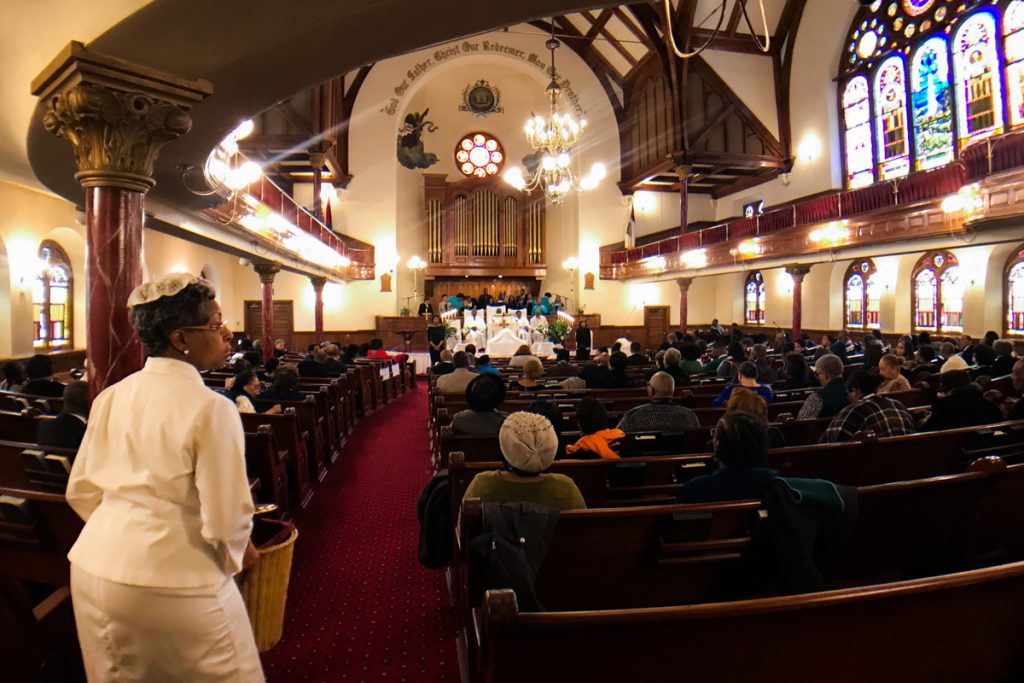A $20 million investment has been made to a new campaign to preserve historic Black churches in the United States, which will aid congregations such as one that was pounded during the tornado that killed more than 20 people in Mayfield, Kentucky, last month.
According to the National Trust for Historic Preservation, which launched the fund, Lilly Endowment Inc., which supports religious, educational, and charitable causes, contributed the money to the African American Cultural Heritage Action Fund as seed funding for the Preserving Black Churches Project.
The Lilly Endowment contribution announcement was timed to coincide with the Martin Luther King Jr. national holiday on Monday.
Rather than merely fixing broken windows or straightening rafters, the initiative will assist with asset management and assisting ancient churches in telling their own history, according to Brent Leggs, executive director of the fund.
St. James AME Church, which was built only three years after the Civil War and was destroyed by the Mayfield twister, would get $100,000 as the project’s first special emergency money, according to Leggs.
St. James AME needs all the support it can receive, according to the Rev. Ralph Johnson, presiding elder of a church district that encompasses the congregation, with its sanctuary largely damaged and only 15 or so active members, all of whom are older. After the war, when black people were no longer considered white people’s property, black churches played an important role.
“Once the slaves were freed, one of the first things they wanted to do was establish a church home.” They wanted to work out their spiritual salvation and have a place to gather, and they were also utilized as schools and other things,” he explained.
Black churches have been a vital part of the African American community for decades of faith and struggle, and conserving them isn’t simply a matter of bricks and mortar, but also of civil rights and racial justice, according to Leggs in an interview.
“Historically Black churches deserve the same respect and stewardship as the National Cathedral in Washington or Trinity Church in New York,” he stated. Trinity Church, where Alexander Hamilton and other historical leaders are buried, was located near Ground Zero and became a national symbol during the September 11, 2001 terrorist attacks.
Over the next three years, the project hopes to aid more than 50 Black churches around the country, including those that are abandoned or slated for demolition, as well as those dealing with insufficient finances, elderly members, and falling membership. While active congregations remain the primary focus, funds can also go to ancient church structures that now contain projects such as community centers or treatment programs, according to Leggs.
The fund has already aided churches such as Mother Emmanuel AME Church in Charleston, South Carolina, where a white supremacist slaughtered nine parishioners during a Bible study in 2015, and Bethel Baptist Church in Birmingham, a civil rights movement stalwart that was bombed in the 1950s.
The Action Fund, which has raised more than $70 million, has aided in over 200 preservation initiatives around the country. The National Trust for Historic Preservation launched it in the aftermath of conflicts between white supremacists and demonstrators at the “Unite the Right” demonstration in Charlottesville, Virginia, in 2017.
The foundation describes itself as the largest-ever effort to conserve places associated with African American heritage.
